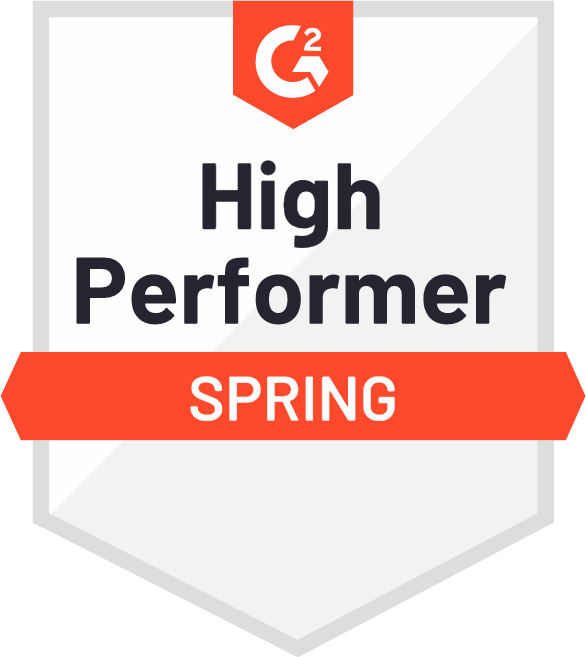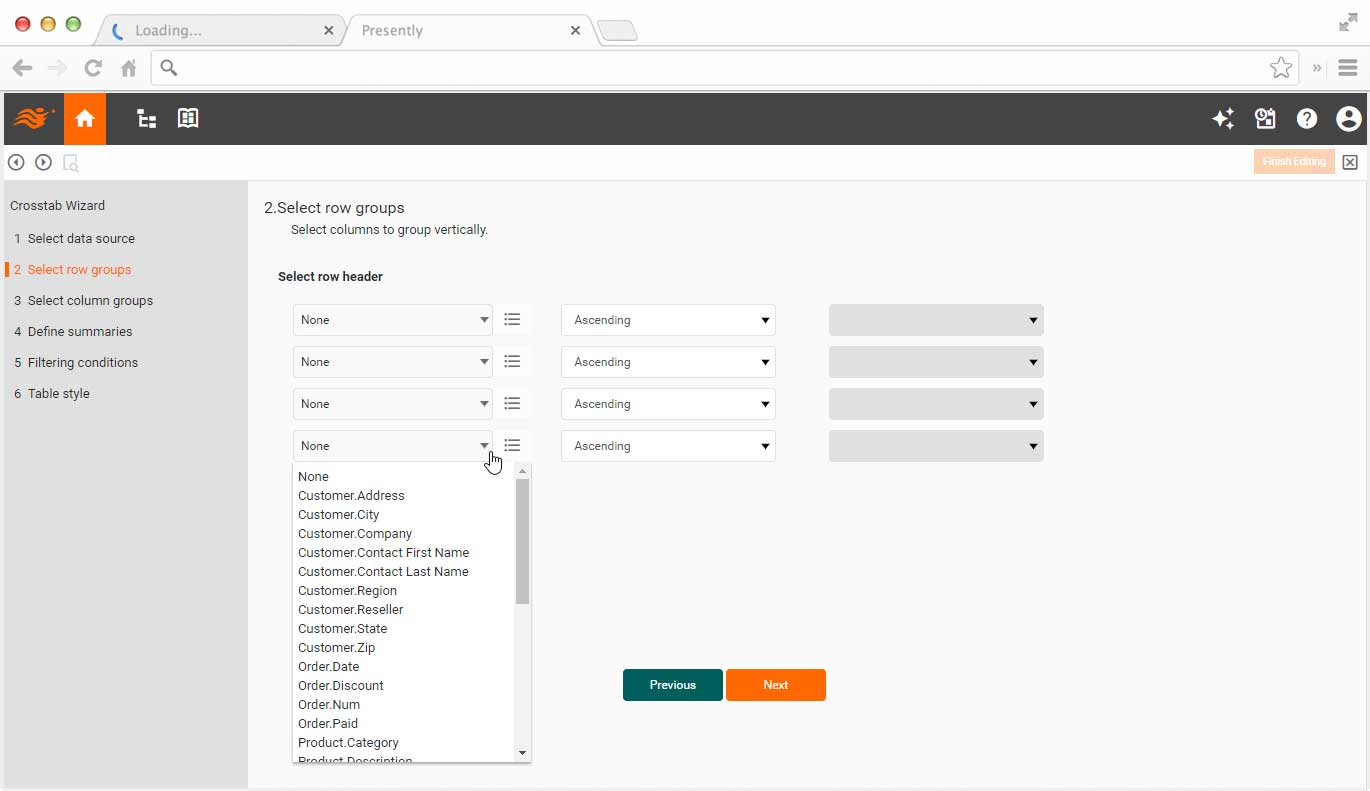Solution for Crystal Reports Conversion
Online and Offline Document Reports
Easy Start and Rapid Deployment
with Free Dedicated Assistance

Award winning, trusted by 5,000+ customers since 1996


Easily prepare data and design visual reports in a single Web App
Built-in, in-depth self-service reporting for all users
Bring reporting software to your data, in-cloud or on-premise
Free Migration Assessment
We have experience with many Crystal Reports migrations.
We can assess your current reports and accelerate your conversions.
Business Users: Interactive Reports with Rich Customization and Ad Hoc Reporting
Built-in, in-depth interactivity and customization allows business users to dynamically reshape
pre-designed reports for changing business needs with zero training. Ad hoc reporting further empowers business
users with direct access to underlying data assets in a governed and secure environment.
Designers: Rapidly Prepare Data and Design Visual Reports
Designers can prepare and mashup data from many data on-line and on-premises sources. Report
design is integrated with data preparation in a single web app. The same web app also includes a user portal where
designers can engage business users even during report design.
Data Specialists: Mashup Machine Learning with Business Intelligence
InetSoft's built-in machine learning foremost allows data scientists easily productionalize ML
models so that business users can visualize and interact with machine learning models. ML and BI mashup delivers a
level of intelligent reports that's not possible in traditional reporting solutions
What Are the Reasons to Stop Using Crystal Reports?
Certainly, while Crystal Reports has been a stalwart reporting tool for many years, there are several reasons why organizations might consider moving away from it:
- Limited Flexibility in Modern Reporting Needs:
- Crystal Reports was designed primarily for static, structured reporting. However, modern business reporting often requires dynamic, interactive, and visually appealing dashboards and reports. Crystal Reports may struggle to meet these evolving needs.
- Steep Learning Curve:
- Crystal Reports has a reputation for having a steep learning curve. Creating and customizing reports often requires significant training and expertise. This can lead to inefficiencies and slow adoption among users.
- Complexity in Maintaining Reports:
- Maintaining Crystal Reports can be cumbersome, especially as the complexity and volume of reports increase over time. Small changes or updates to reports may require extensive rework, leading to higher maintenance costs and longer turnaround times.
- Compatibility Issues:
- Crystal Reports may face compatibility issues with newer technologies, databases, or operating systems. As organizations upgrade their IT infrastructure, they may encounter challenges in integrating Crystal Reports with their updated systems.
- Limited Support and Updates:
- The level of support and updates for Crystal Reports may not meet the evolving needs of organizations. Delayed bug fixes, lack of new features, and slow response times from support can hinder productivity and innovation.
- High Total Cost of Ownership (TCO):
- While Crystal Reports may have a relatively low upfront cost, the total cost of ownership (TCO) over time can be significant. Costs associated with licensing, maintenance, upgrades, and training can add up, especially for larger organizations.
- Integration Challenges:
- Integrating Crystal Reports with other systems or applications may present challenges, particularly in environments with diverse data sources or cloud-based solutions. Lack of native connectors or APIs can require custom development and increase integration complexity.
- Evolution of Reporting Technologies:
- The reporting and analytics landscape has evolved rapidly, with the emergence of self-service BI tools, cloud-based analytics platforms, and AI-driven reporting solutions. Organizations may find that these newer technologies offer greater agility, scalability, and innovation compared to Crystal Reports.
- Vendor Dependence:
- Organizations relying heavily on Crystal Reports may become overly dependent on a single vendor (SAP). This can pose risks in terms of vendor stability, support continuity, and future development roadmap alignment.
- User Experience and Adoption:
- Crystal Reports' user interface and user experience may feel outdated compared to modern reporting tools. This can impact user satisfaction and adoption rates, particularly among younger, tech-savvy users who are accustomed to intuitive, user-friendly interfaces.
Sample Customers






|






|
We will help you get started
Contact us



